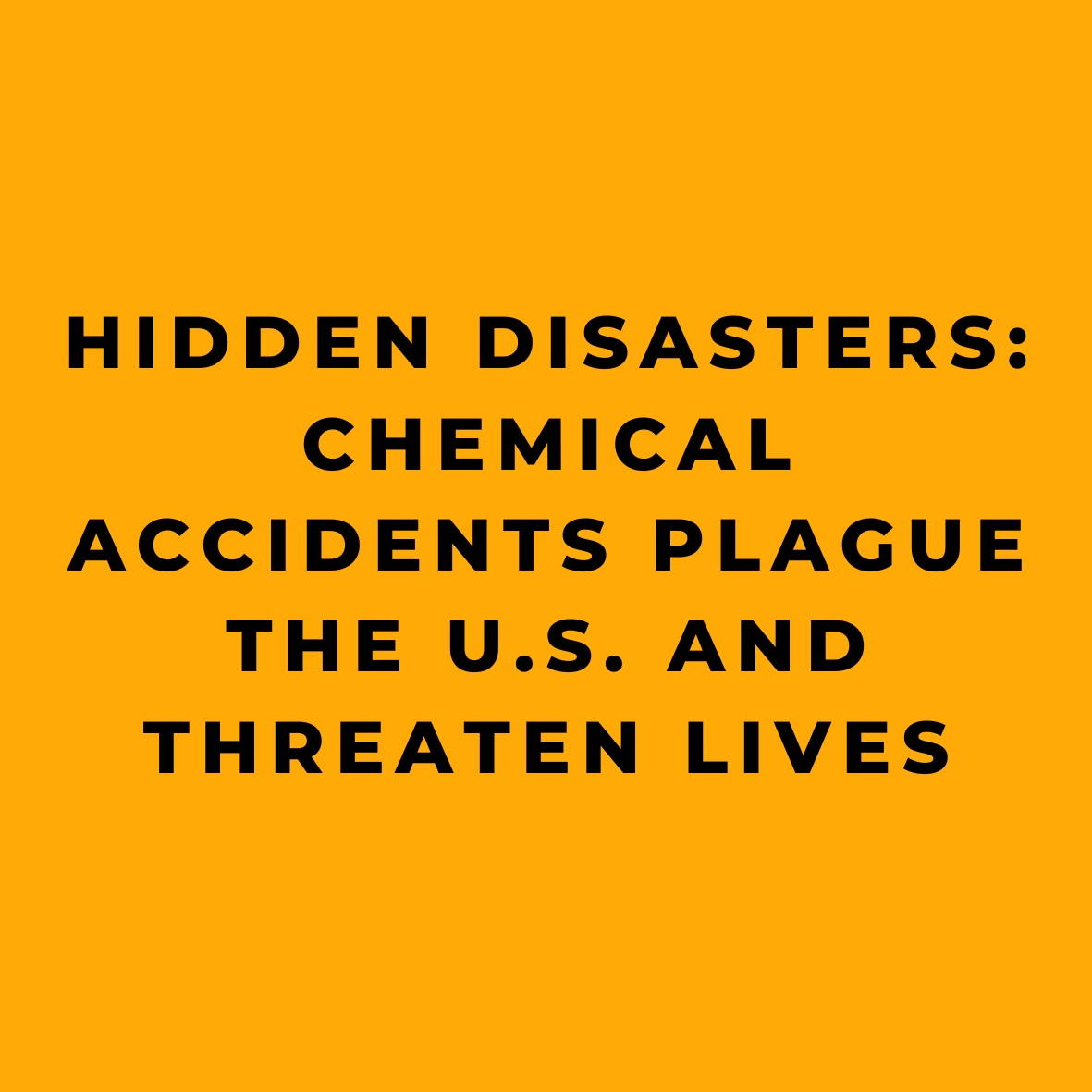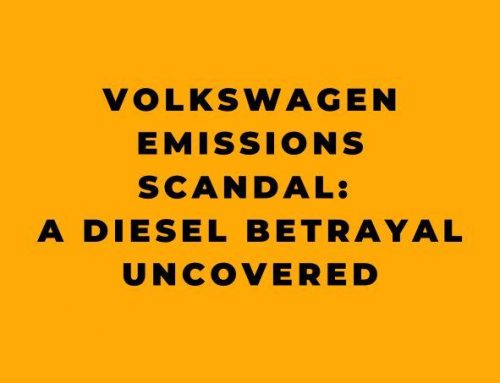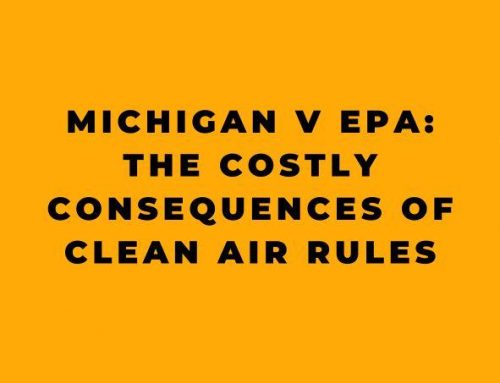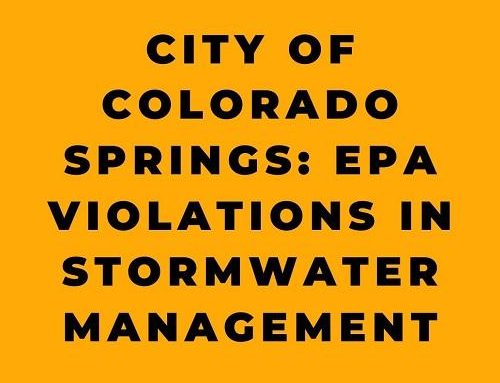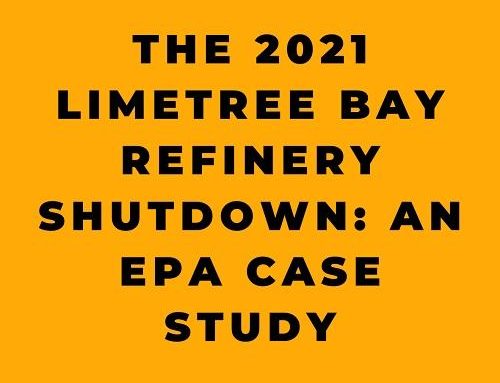In February of 2023, a train derailment in East Palestine, Ohio, sent shockwaves across the nation as it unleashed a toxic spill of hazardous chemicals, including vinyl chloride, into the environment. The accident, which exposed the community of 4,700 to dangerous contaminants, was one of many chemical incidents making headlines in the United States. While the East Palestine incident garnered media attention, it was not an isolated event. The Guardian revealed that the US is averaging one chemical accident every two days in 2023, based on data collected by the Environmental Protection Agency (EPA) and non-profit groups, including the Coalition to Prevent Chemical Disasters.
The EPA’s analysis indicates that accidental chemical releases from train derailments, truck crashes, pipeline ruptures, and industrial plant spills are happening consistently, impacting communities and ecosystems across the country. These “hidden disasters” are occurring with alarming regularity and pose a significant threat to water quality, environmental health, and public safety.
The Coalition to Prevent Chemical Disasters has recorded more than 470 chemical incidents since it began tracking in April 2020. In just the first seven weeks of 2023, more than 30 incidents were recorded, averaging roughly one every day and a half. The incidents range in severity, but each involves the accidental release of chemicals that have the potential to harm human and environmental health.
“The East Palestine train derailment is an environmental disaster that requires full accountability and urgency from the federal government. We need that same urgency to focus on the prevention of these chemical disasters from occurring in the first place,” said US Representative Nanette Barragan in a statement to The Guardian for a recent article.
The threat is not limited to accidental releases during transportation. The vast majority of incidents occur at the nearly 12,000 facilities across the nation that store or handle highly hazardous chemicals. These facilities include petroleum refineries, chemical manufacturers, fertilizer plants, and water treatment plants, among others. Many of these facilities are located in areas vulnerable to the impacts of climate change, such as flooding and hurricanes, which only increase the risk of accidents.
Approximately 200 million people in the US, many of whom are people of color or otherwise disadvantaged communities, live in regular fear of chemical accidents. Almost 124 million people (39% of the US population) live within three miles of a hazardous facility. These communities are at constant risk of exposure to hazardous substances, which can have severe and long-lasting health effects.
An added concern is the effect of chemical accidents on water quality. “In the US, chemical exposure probably is the biggest threat to water quality, particularly drinking water quality, whether that is direct chemical exposure from facilities like what happened in Philadelphia or chemical exposure from products,” stated Joel Tickner, a professor of public health at the University of Massachusetts Lowell and leader of the nonprofit Green Chemistry & Commerce Council.
The economic cost of these accidents is staggering. The EPA estimates that total annual costs are approximately $477 million, including costs related to injuries and deaths. Despite industry claims that the rate of accidents is declining, worker and community advocates argue that incomplete data and reporting delays give a false sense of improvement. The reality is that chemical accidents are on the rise, as are evacuations and medical treatment stemming from such accidents.
Industry Oversight and Calls for Action
Efforts to regulate the chemical industry and implement safeguards have faced challenges. In August 2023, the EPA proposed a series of amendments to the Risk Management Program (RMP) rule, aimed at enhancing safety at chemical facilities. The proposed changes include strengthening emergency response coordination, enhancing incident investigation requirements, and improving public access to chemical hazard information. However, these amendments have been met with resistance from industry groups, including the American Petroleum Institute, who argue that the changes are unnecessary and costly.
Many worker and community advocates, such as the Coalition to Prevent Chemical Disasters, are calling for stronger regulations and enforcement. They assert that the proposed amendments fall short of what is needed to prevent hazardous chemical accidents effectively. The Coalition has been advocating for regulations that require facilities to use safer alternatives to hazardous chemicals and to implement inherently safer technologies, thereby reducing the risk of chemical accidents altogether.
The common thread linking many chemical incidents is the oil and gas industry. From oil and gas extraction to the manufacturing of petrochemicals, the industry has played a significant role in hazardous material spills. For example, the Philadelphia Trinseo latex plant released at least 8,100 gallons of acrylic polymers derived from fossil fuels into a tributary for the Delaware River in March 2023. Petrochemicals—compounds used to make plastics and found in everyday products—are pervasive and cheap to produce, contributing to the industry’s growth and increasing the risk of accidents.
Petrochemical production in the US is booming, thanks to cheap oil and gas from domestic drilling and fracking. As the industry continues to expand, more communities are exposed to carcinogens and endocrine-disruptors that scientists still don’t fully understand. Though many petrochemicals are relatively harmless in their final form, their building blocks pose substantial risks to human and environmental health. For example, benzene, a known carcinogen, can be transformed into something as benign as food packaging, but its manufacturing process may impact communities exposed to high levels of the chemical.
The East Palestine train derailment underscored the inherent risks of transporting hazardous chemicals. Vinyl chloride, one of the chemicals released in the accident, is highly explosive and can transform into a dangerous gas when exposed to the outdoors. In this case, emergency responders had to vent and burn the vinyl chloride, producing a black cloud of smoke over the town. The fallout from the incident has left residents concerned about potential contamination of groundwater and long-term health effects.
The reality of chemical accidents in the US is a wakeup call for federal and state governments, the chemical industry, and the public. Advocates and experts emphasize the need for robust oversight, regulatory enforcement, investment in safer technologies, and greater transparency. Preventing chemical disasters requires a proactive and comprehensive approach that prioritizes human and environmental health over short-term economic interests.
“The disasters we see today are the result of decades of inadequate regulation and oversight,” said Judith Enck, a former regional EPA administrator and president of the advocacy group Beyond Plastics. “It’s time to stop patching the problem and start addressing the root causes. We need a chemical safety revolution, and it has to start now.”
As the nation grapples with the complex challenges of chemical safety, the people of East Palestine, Ohio, and countless other communities across the US serve as a poignant reminder that the cost of inaction is measured not only in dollars but in lives and the health of future generations.
References:
- https://www.theguardian.com/us-news/2023/feb/25/revealed-us-chemical-accidents-one-every-two-days-average
- https://preventchemicaldisasters.org/
- https://www.vox.com/climate/2023/4/2/23591075/oil-gas-petrochemicals-water-contamination-east-palestine
- http://www.stdaily.com/English/BusinessNews/202303/a724512cd9644197b74e355db1cdc5ca.shtml
- https://news.cgtn.com/news/2023-02-28/U-S-is-averaging-one-chemical-accident-every-two-days-The-Guardian-1hME5LcTNwk/index.html
- https://www.epa.gov/system/files/documents/2023-02/2023-01_0.pdf
- https://www.bts.gov/content/hazardous-materials-fatalities-injuries-accidents-and-property-damage-data


